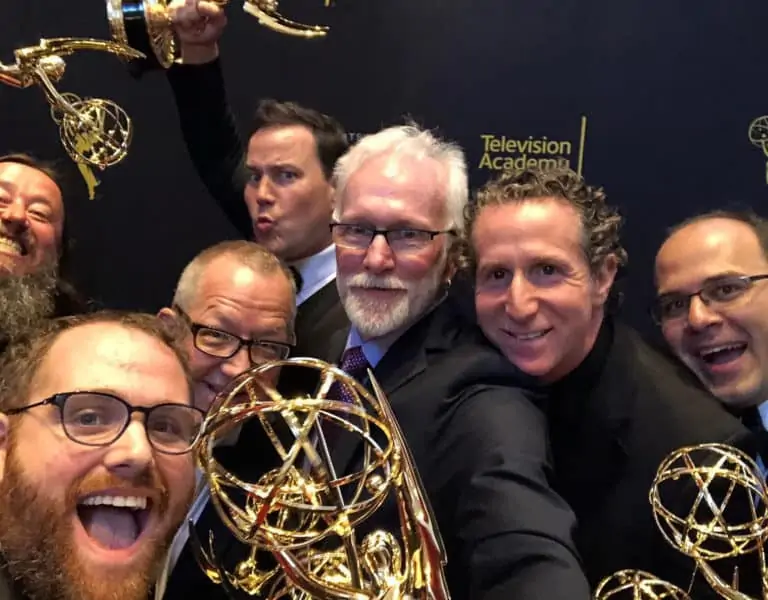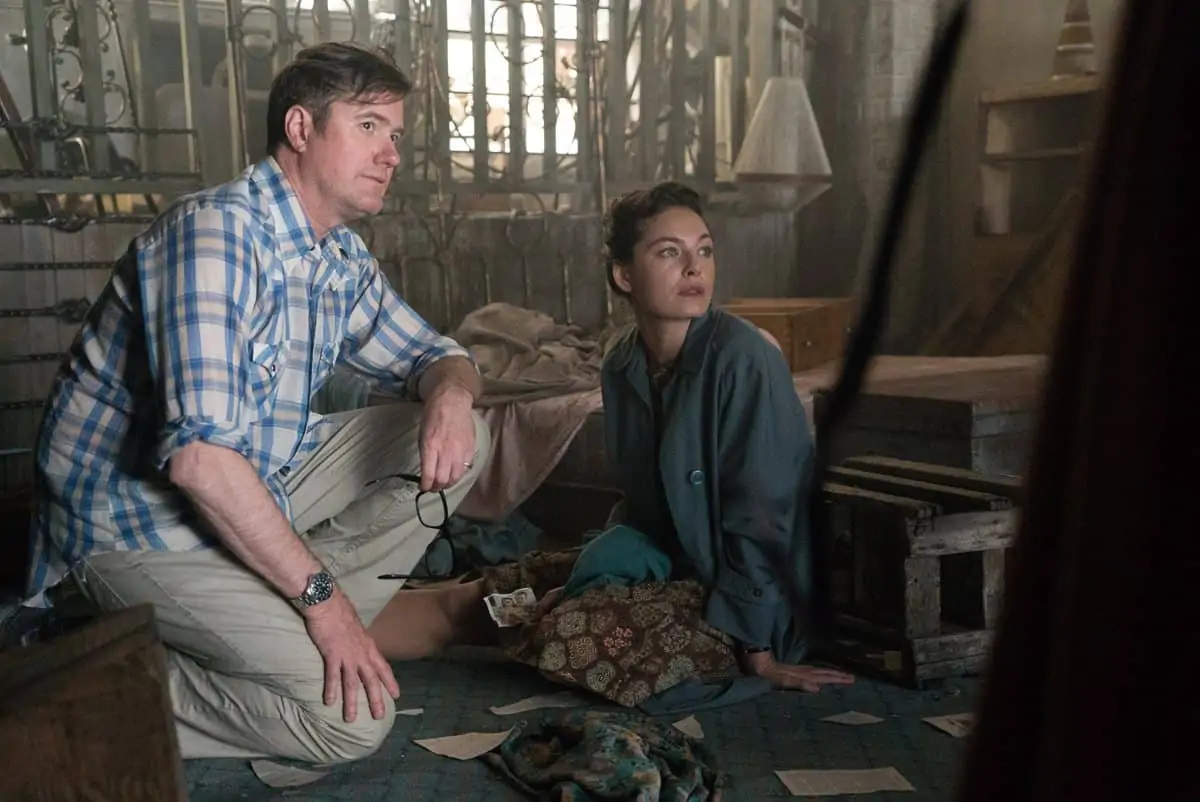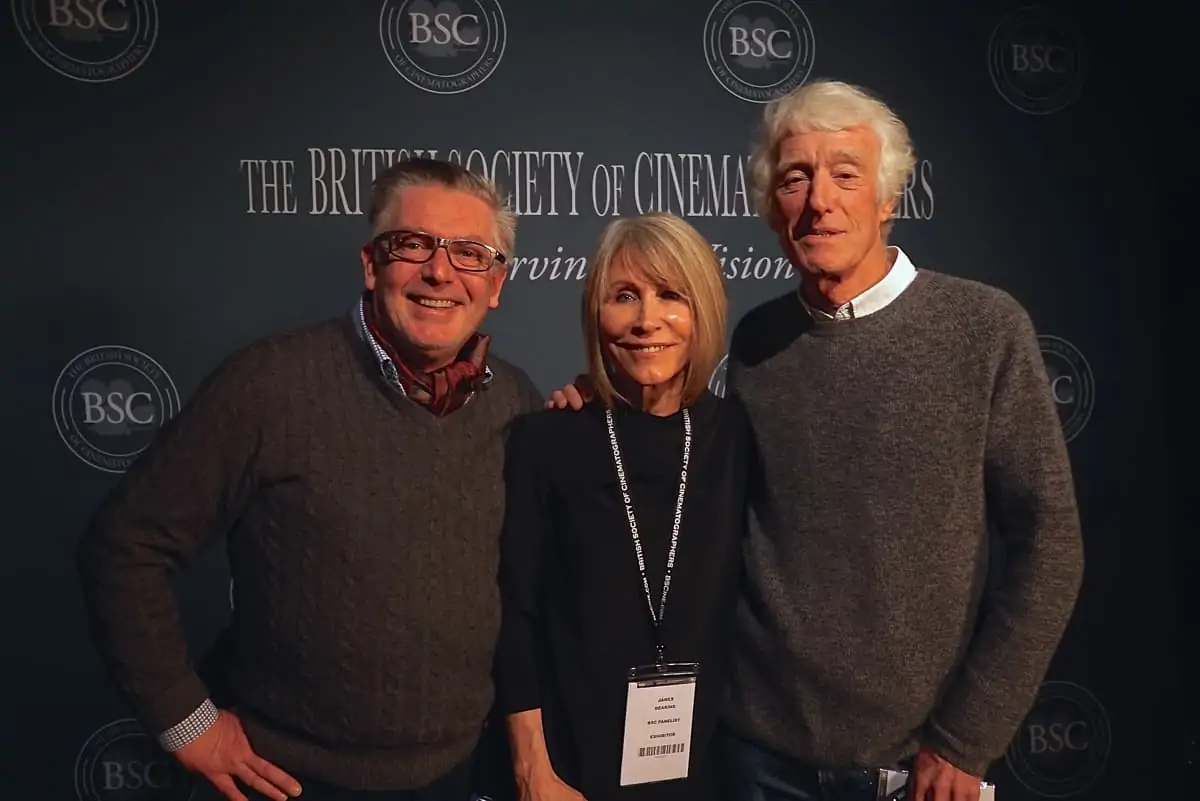Charting Through Emmy's Waters
Across The Pond / Mark London Williams
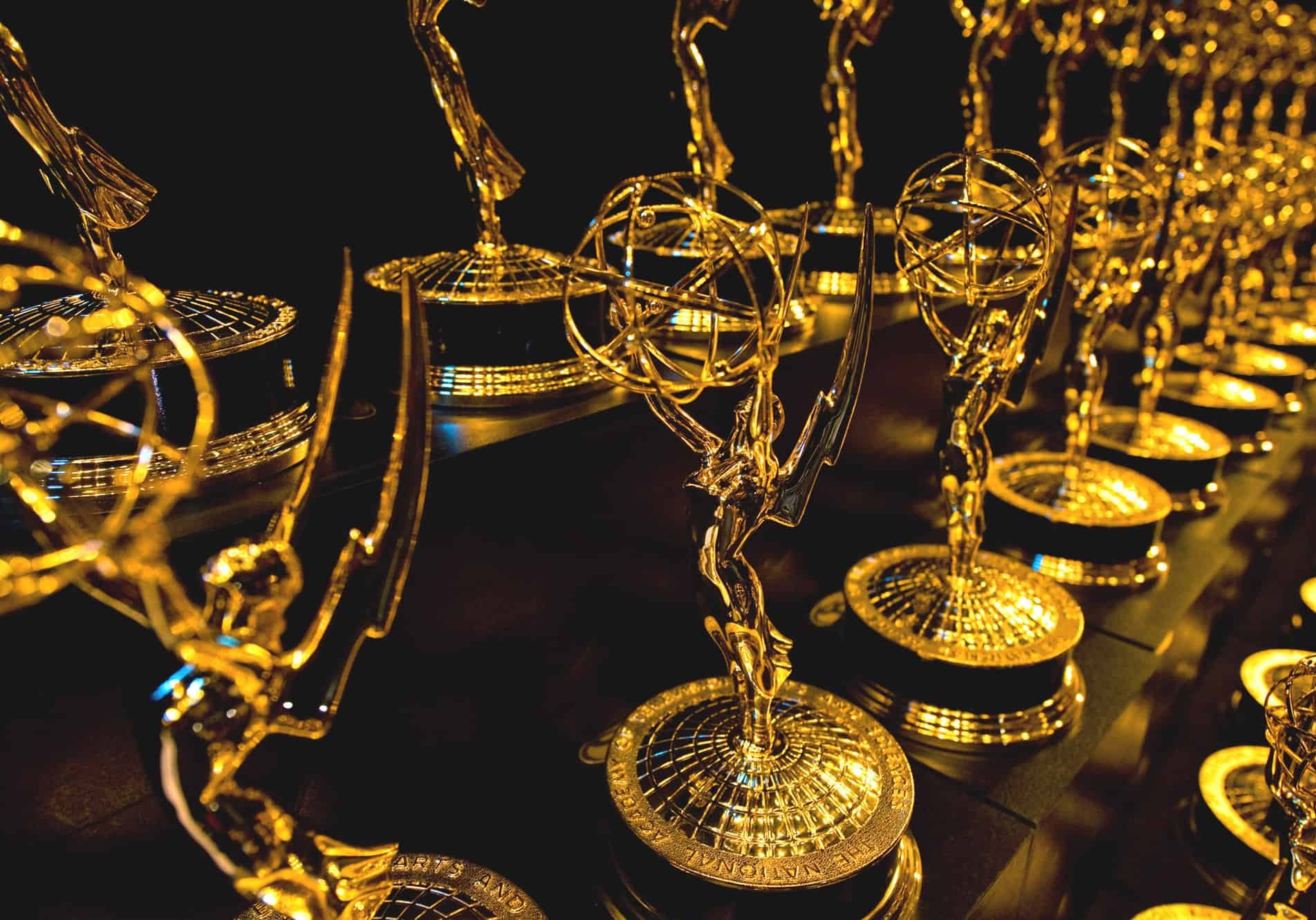
Charting Through Emmy's Waters
Across The Pond / Mark London Williams
As we head through summer's dog days, and toward "Academy Season" (though Emmy season is first - stay tuned!), it's worth noting that John Bailey ASC's tenure as Academy President has ended, as Emmy-winning casting director David Rubin takes over.
Rubin, though, was sure to doff his hat to his predecessor, as he told Variety: "I've learned a tremendous amount serving on the board under John Bailey. I've learned what a great communicator he is, and I've inherited a very supportive atmosphere."
In various interviews, Rubin also allowed that the Academy will have to somehow reckon with the brave new world of streaming films as well, but of course didn't commit to anything. He also noted he wanted to encourage getting out to theaters, too, to recapture that "special" feeling of being "out" at the movies.
In its way, that echoed Francis Ford Coppola's recent observation - uttered in a Guardian interview - that most of the kinds of stories filmmakers like him wanted to tell in The Conversation era have migrated to what we now call TV. While he discovered that on the filmmaking side now, there was no difference between production and post anymore: "it's all production."
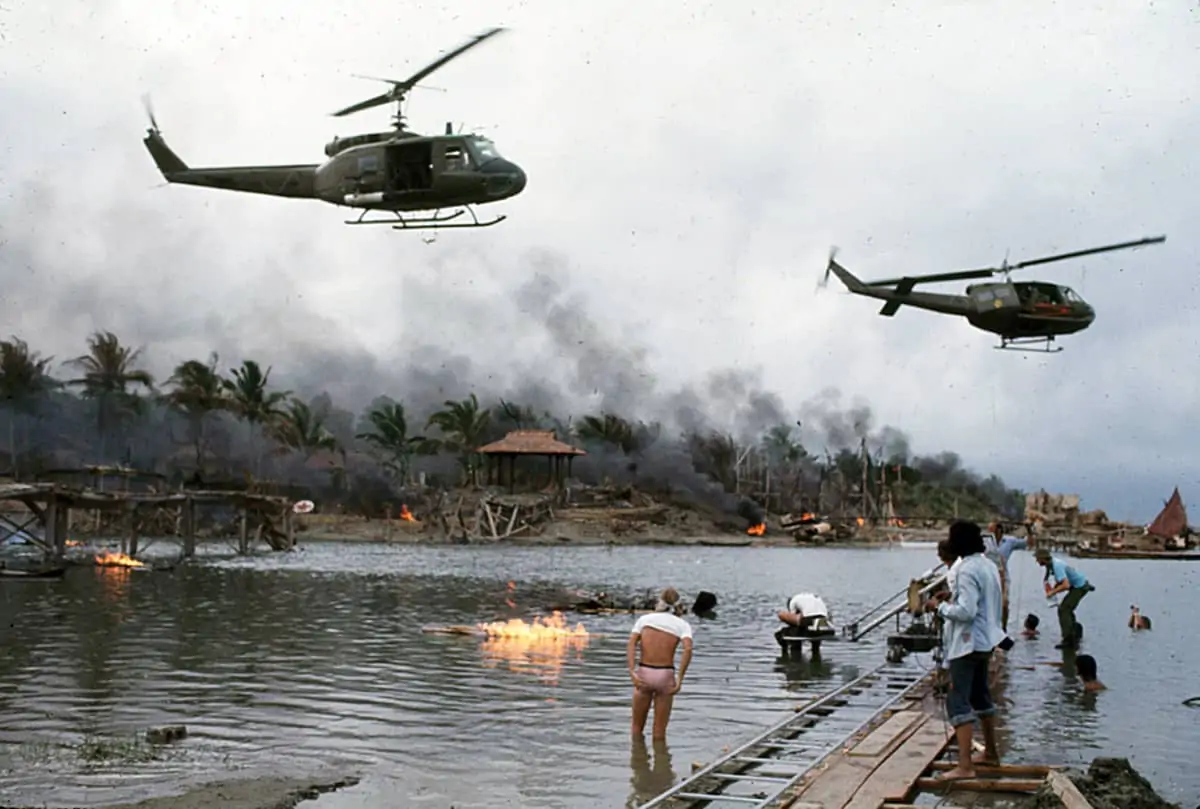
He'd been referring to the editing of the "definitive cut" of Apocalypse Now on its 40th anniversary, which he'd been doing up in his wine country estate. Famously shot on film, of course, by Vittorio Storaro AIC ASC, and winding up as the third-best shot film of the 20th century according to the ASC (with only Blade Runner and Lawrence of Arabia ahead....), the restoration was ultimately mastered in 4k, the better to show on some of those same streaming screens the Academy's Rubin is wrestling with.
But the potential ironies of such a "filmic" movie as Apocalypse Now getting a digital master aside. Which brings us, of course, to charting our way through Emmy season, speaking of mastering in 4k, and how you light and shoot stories in the most memorable way, whether in jungles, forests, or stand-up clubs - memorable enough to score an Emmy nod.
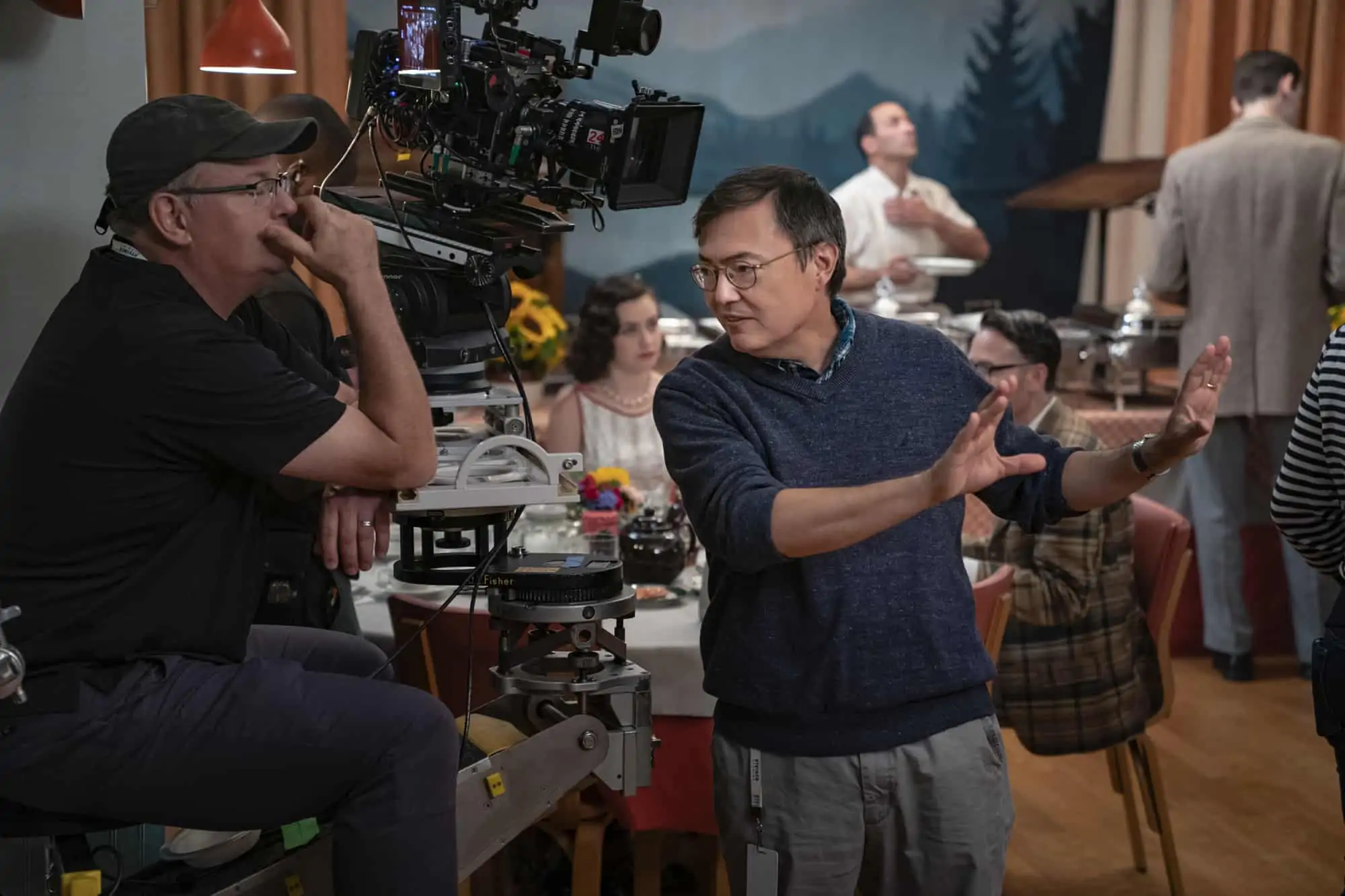
For M. David Mullen ASC, nominated for the "Simone" episode of The Marvelous Mrs. Maisel, he told us "the primary idea was to keep the past as alive and vibrant as the present rather than create a faed or sepia look. So we chose Panavision Primos and kept the color-correction on the saturated side. We do use diffusion filters, however, mostly Schneider Hollywood Black Magics- not so much for a period look but to reduce some of the sharpness of digital images in order to be more flattering to the preformers…. the lack of space sometimes combined with the fact that we avoid close-ups and shoot looser sizes than is common means that if the camera can't physically back-up, we have to use a shorter focal length. So the 24mm and 27mm Primo are used more than any other of our lenses, and our tighter coverage often uses a 30mm."
"I spend a lot of time talking with the art department to make sure that the sets and locations work for the camera movement planned, which sometimes means that the practical lamps dressed into the sets have to do the lion's share of the scene lighting."
- M. David Mullen ASC on lighting The Marvelous Mrs. Maisel
As for what's behind that Panavision glass, "we shoot 3.2K ARRI Log-C gamma recorded internally using the Apple ProRes 4444 codec. We have a basic LUT for viewing the image on set but our DIT will also color-correct live in order to match cameras or to make creative adjustments; those color-correction decisions are sent to Lightiron NYC to be applied to dailies for editorial.
"Everything comes from the top, meaning Amy Sherman-Palladino and Dan Palladino, but besides my discussions with them, I spend a lot of time talking with the art department to make sure that the sets and locations work for the camera movement planned, which sometimes means that the practical lamps dressed into the sets have to do the lion's share of the scene lighting."
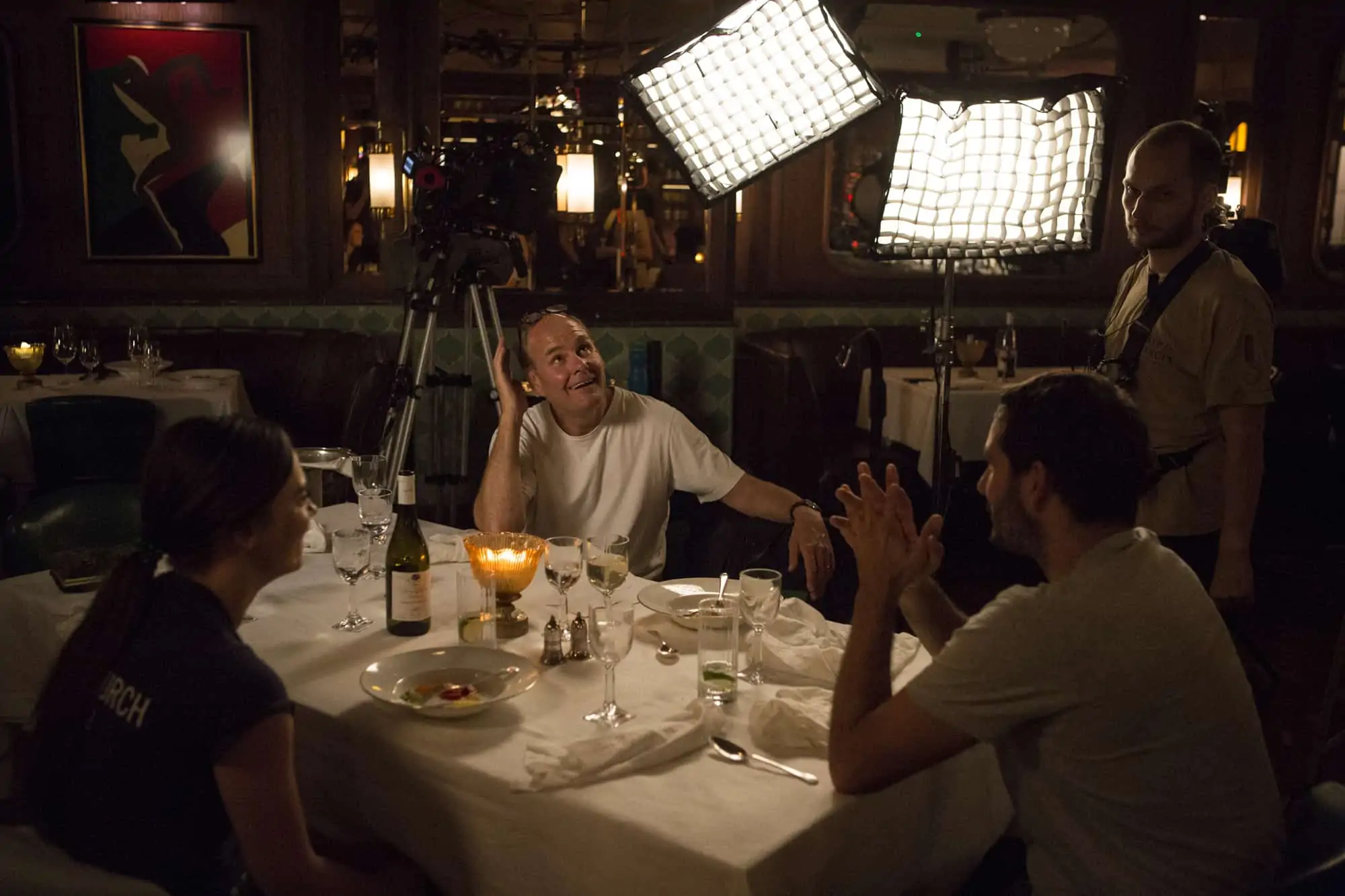
The BSC's Tony Miller tends to start at the top, too, when shooting Fleabag - the first critical conversation was always with Phoebe Waller-Bridges - "as writer, show runner, lead actress and critically for me the character who broke the 4th wall. At the centre of this drama is Fleabag herself, who has an intimate relationship with the camera, addressing us directly. I tried to create a style where the camera becomes another player in the company and we are hopefully unaware that it is shot completely handheld. We tried to create a fluidity and angle of view that enables the audience to forget about the camera, as it moves in a verite style totally linked to her."
As how that fluidity "felt right to be dancing around handheld, with that little bit of movement.
Occasionally we used a Steadicam and I made quite a lot of use of Optical Supports Mantis dolly - which allowed me to sit in a wheelchair for longer tracking shots. I used a custom built Easyrig with a Klassen Steadicam vest for handheld and played lots of tennis prior to the shoot. We shot with the MINI but it was still a heavy rig."
This came after a lot of prep, where he tried out different lenses to see what might work best for the show's particular intimate style: "It was interesting to learn what worked best. She is incredibly photogenic, but often the wider lenses - especially the anamorphic 32mm Cooke worked great. It made us feel complicit."
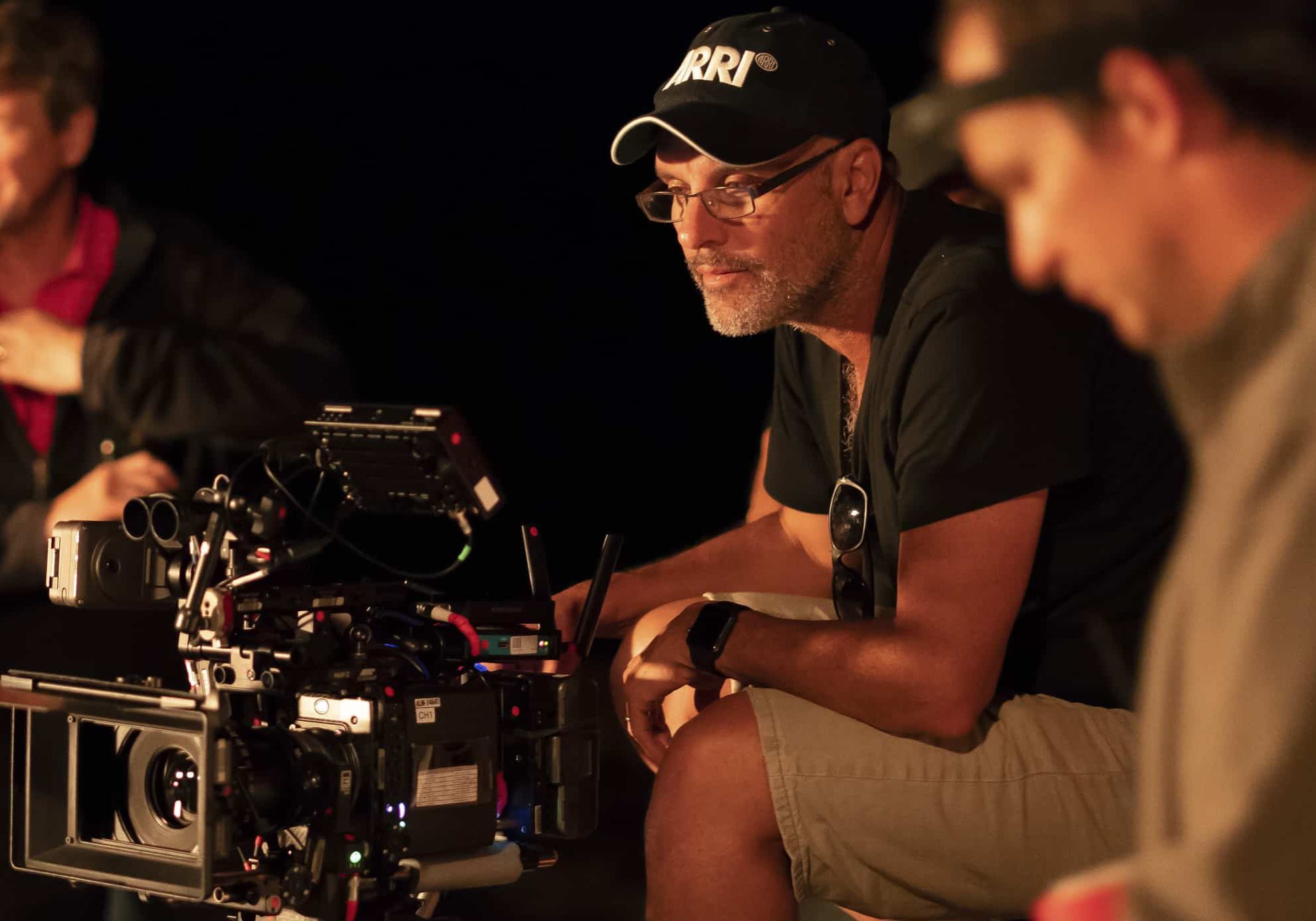
Also complicit- with directors, and in a good way, since he's sat in the director's chair himself a few times - is Dana Gonzales ASC. A previous Emmy winner for Fargo, he's up once again, this time for his work on Hanna and its "Forest" episode. "Some directors I work with are more visual, and others are more performance-based. My understanding of storytelling can only be a plus in the process."
In this instance, director Sarah Adina Smith "was very interested in seeing the world through Hanna's eyes and in encouraging the audience to experience it in the same way. By using the two different types of lenses, we had a way of organically capturing the two different worlds Hanna experiences in the show.
Those lenses, tethered to an ALEXA Mini throughout, were "Panavision Primo lenses for the Slovakian forest scenes and Panavision PVintage lenses for the flashbacks and the main narrative when Hanna leaves her wilderness home. The Primos were used for their sharp, clean and perfect optics which represented Hanna's innocence. The PVintages' rehoused vintage glass represented the flawed and dangerous world Hanna inhabits in the remaining series."
As for series both current and remaining, the ASC has also issued its annual call for TV entries to its own awards, to be featured at their own annual awards gathering - which of course comes during Oscar season.
But first things first, and we'll keep charting our way through Emmy's waters next time…
Meanwhile: @TricksterInk or AcrossthePondBC@gmail.com





